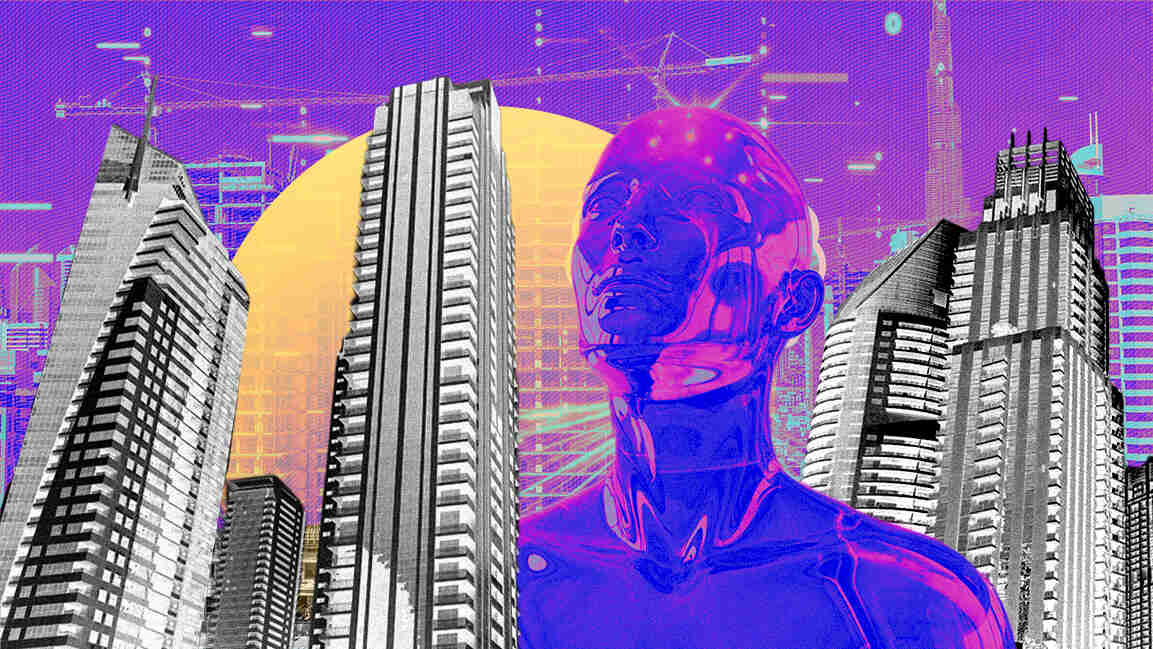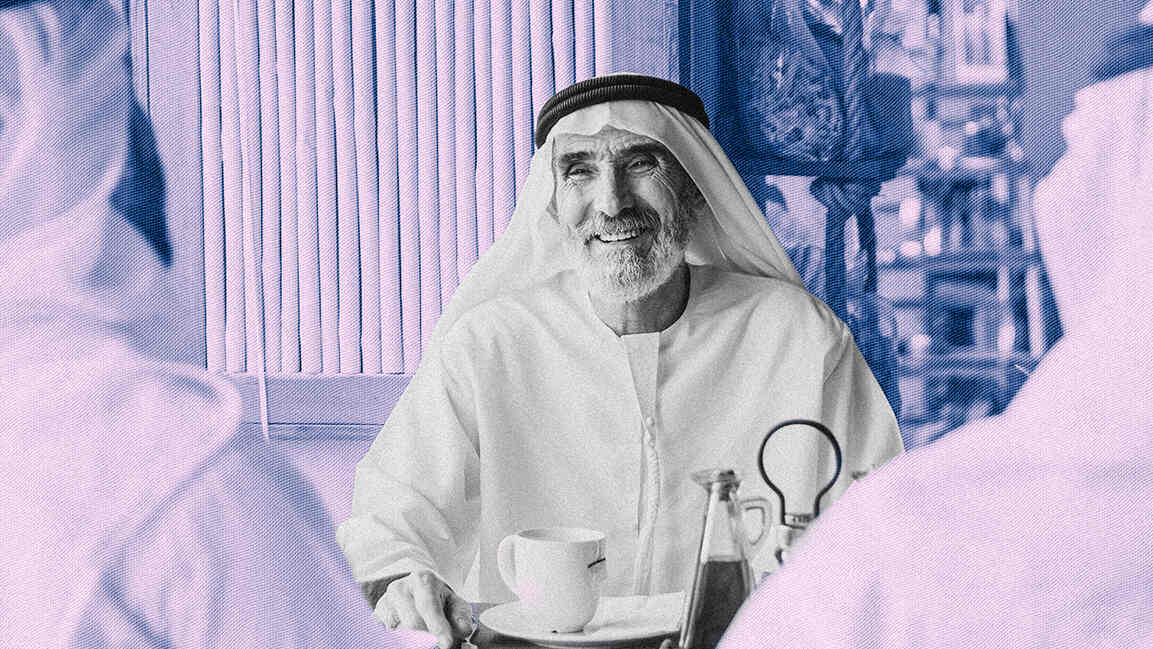- | 9:00 am
Middle East’s cities are at risk of becoming uninhabitable. Can people-centric design help?
Heatwaves and extreme rainfall highlight the impact of climate change in the region. Experts say the looming climate crisis requires concerted efforts.

Soaring temperatures, unpredictable weather patterns, and strained water resources in the Middle East are making life increasingly difficult.
Hotter summers mean dealing with the consequences of heat waves. Meanwhile, water scarcity impacts everything from farming to daily household chores. With less water available, food production is challenged.
Research from the Max Planck Institute of Chemistry in Germany and the Cyprus Institute indicates a grim outlook for the Middle East. If things continue as they are without any efforts to combat climate change, nations with large populations, such as Egypt, Iran, and Iraq, will endure heat waves of an unprecedented scale, making certain areas uninhabitable.
While those with financial means are better equipped to cope, vulnerable populations struggle to adapt. This disparity highlights the urgent need for comprehensive climate action.
“It’s clear that climate change is intensifying a growing threat that challenges the resilience of urban and rural areas across the Middle East, from advanced cities like Dubai and Riyadh to less developed regions in Iraq, Pakistan, Yemen, and Iran,” says Dr Mohammad Radfar, Associate Professor in Urban Design and Planning, Programme Director MSc Urban Planning (Dubai) at University of Birmingham, Dubai.
With heatwaves in the Middle East becoming increasingly severe, the cost of air conditioning also increases.
According to Dr. Stephen Wilkinson, Director of Research and Associate Professor at the School of Engineering at the University of Wollongong in Dubai, air conditioning is about 70-75% of a building’s energy usage in a city like Dubai.
UNEQUAL ACCESS TO AIR CONDITIONING
Air conditioning is an immediate solution to life in Middle Eastern metropolitan areas. However, not all have equal access. Dr. Wilkinson says that the livability of those outside air-conditioned spaces is deteriorating due to the rising heat. “For those who work outdoors, the risk of heat-related illnesses is growing.”
In such a scenario, urban planning and energy policies urgently need to be reevaluated, with emphasis on inclusivity and sustainability. As extreme weather events become more frequent, ensuring that cities can provide a livable environment for all is crucial.
Dr. Radfar points out the contrast between different cities’ responses to the challenge of extreme heat. For instance, in Dubai and Riyadh, air conditioning is widely adopted in residential, commercial, and public buildings.
While the smart city initiative in Dubai, which leverages real-time data to manage cooling systems efficiently, is an example of reducing energy waste and improving resilience to heat waves, cities like Sana’a, Basra, and Ahwaz face significant challenges due to inadequate infrastructure, limited access to technology, and unreliable energy sources.
“Air conditioning, crucial for combating heat, is often unaffordable for many residents in these cities,” says Dr. Radfar. “High costs and unreliable electricity supply exacerbate the situation, leaving residents vulnerable during extreme heat waves.”
Dr. Radfar adds that housing in these areas typically lacks modern cooling systems and is constructed from materials that retain heat, making life particularly difficult during heat waves.
LOOMING CLIMATE CRISIS THREAT
With temperatures often exceeding 50°C, could the escalating temperatures in the Middle East render it inhabitable?
“Yes,” says Dr. Radfar. “Historically, our region has coped with high temperatures, but now we’re facing unprecedented spikes that strain our infrastructure and societal norms.”
The disparities in how different areas manage heat highlight the urgent need for a thorough evaluation and enhancement of adaptive strategies. “We must strengthen our capabilities to manage these rising temperatures effectively,” he adds.
Urban planning often neglects many regional cities’ green spaces and water features, exacerbating the urban heat island effect. A “lack of greenery is needed to mitigate these challenges with dense, unplanned settlements dominating the landscapes,” says Dr. Radfar.
It is not just human life at stake but the life of biodiversity.
“Unlike humans, plants and animals don’t benefit from air conditioning and must endure the full impact of climatic changes,” says Dr. Wilkinson.
Climate change involves long-term changes to the planet, which affect the habitability of the region in question. “The observable differences over a few years are small and will have little immediate impact on habitability,” says Dr. Wilkinson.
On the contrary, the primary concern will be climate change’s significant and increasing cost throughout the century.
“The slow pace of climate change makes it insidious; noticeable differences occur over decades, but not from one year to the next,” adds Dr. Wilkinson.
He says one significant effect of climate change in the region is sporadic but large rainfall events. The IPCC predicts increasingly larger but irregular storms throughout the century.
According to Dr. Wilkinson, some models forecast that one-day rainfall events could nearly double the size of the April storm in the UAE and Oman by the 2050s. Due to the delayed equilibrium, the rise in sea level will become noticeable after the middle of the century. It will continue to increase long after greenhouse gas emissions have ceased.
RESILIENCE AMID ADVERSITY
Addressing this looming climate crisis requires concerted efforts at both local and global levels. Investments in sustainable infrastructure, renewable energy sources, innovative cooling technologies and people-centric design are vital.
Dr. Radfar explains that adopting a multifaceted approach and assessing the impact is essential to address the challenge.
Fostering robust community connections is essential in regions lacking modern infrastructure. These networks enable the sharing of resources like water and provide vital social support during crises.
Furthermore, urban design plays a significant role in how heat is perceived. “Incorporating water features and green spaces can create a physical and psychological cooling effect, making the heat more manageable,” he says.
Other avenues for urban design upgrades include investing in shaded areas and public spaces designed for evening use, adapting lifestyles to natural climate rhythms, and reducing the need for mechanical cooling.
In addition to lifestyle adjustments, human-centered designs can enrich the city. Dr. Radfar says there’s merit in adopting culturally sensitive urban planning approaches that integrate these adaptations into residents’ daily lives to promote sustainable coexistence with extreme climates. This includes designing cities to accommodate nighttime social activities and commerce, aligning with cooler periods of the day.
Enhancing public health systems and emergency preparedness to withstand extreme weather conditions is equally important. International cooperation in combating climate change and mitigating its effects is crucial to ensuring the region remains habitable for future generations.
“Without substantial changes, some parts of the region could become uninhabitable,” says Dr. Radfar.








































